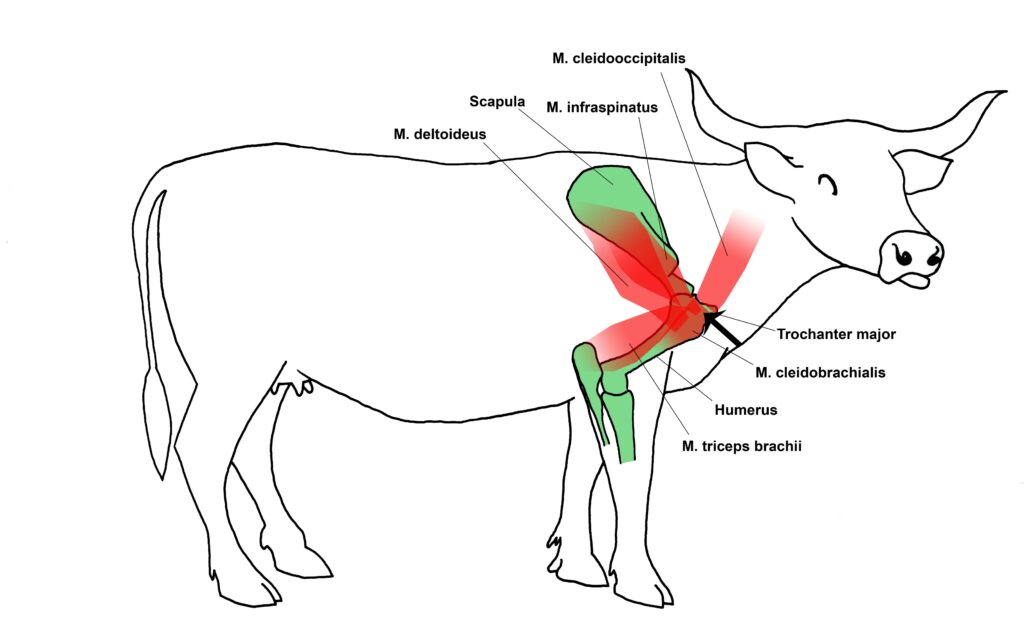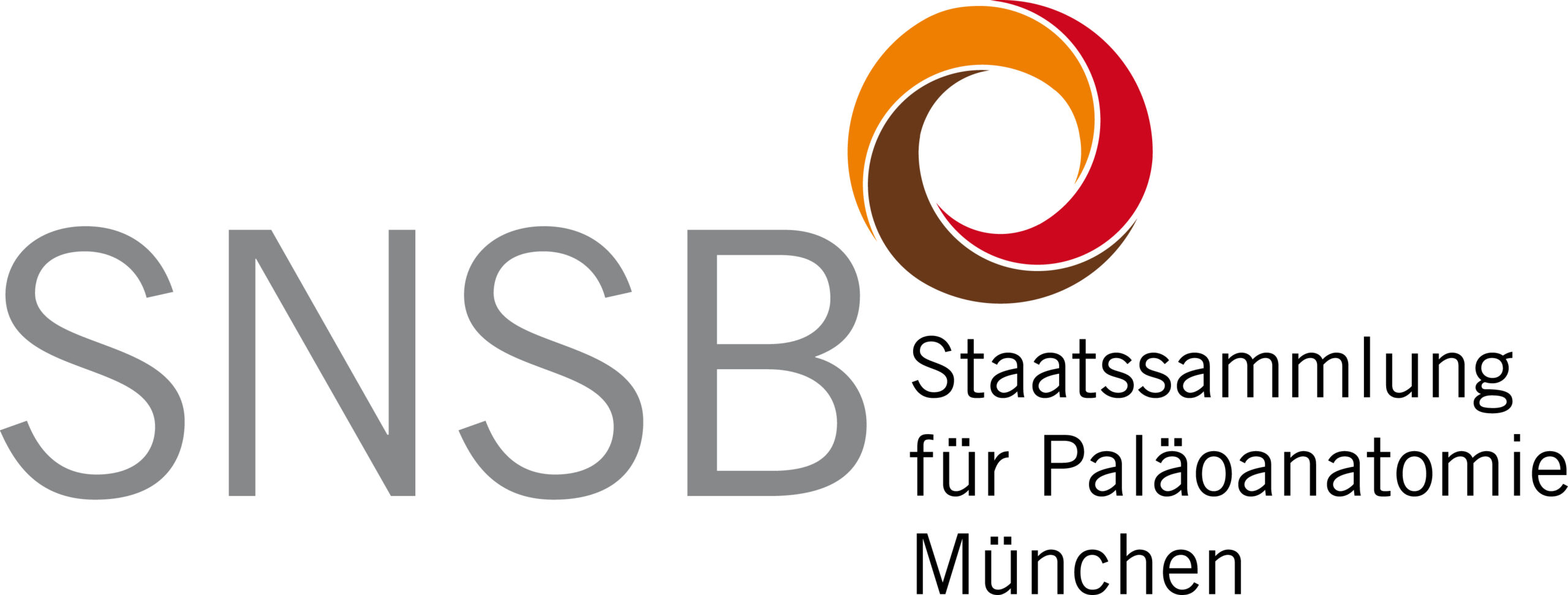Looking Over the Shoulders of Early Neolithic Hunters …
A very special finding is the upper arm bone of an aurochs cow with a bullet wound – found in the backfill layers of one of the monumental complexes at Göbekli Tepe, southeastern Anatolia (Turkey). The shot, presumably aimed at vital organs in the thorax, apparently missed, causing the stone point to penetrate the bone and break off.

As the team of archaeozoologists and archaeologists discovered, the animal was killed at a maximum distance of 30 m either with a bow and arrow or with a spear. Animals of this size were quite intimidating even for experienced hunters, so we can assume that the aurochs hunt was conducted in larger hunting communities. Since aurochs build up large fat deposits before winter, they were probably hunted mainly in autumn in order to build up reserves for the barren season. Autumn is also the time for collecting almonds, pistachios and wild cereals. For this reason, it is also believed that hunter-gatherer groups gathered to hunt together, celebrate together in the time of plenty, and thus strengthen ties within and between groups.
The study was carried out with funding from the DFG as part of the long-term project “The prehistoric societies of Upper Mesopotamia and their subsistence”.
Publication:
Pöllath N., Dietrich O., Notroff J., Clare L., Dietrich L., Köksal-Schmidt Ç., Schmidt K., Peters J. (2018) Almost a chest hit: An aurochs humerus with hunting lesion from Göbekli Tepe, south-eastern Turkey, and its implications. Quaternary International 495: 30-48. https://doi.org/10.1016/j.quaint.2017.12.003.

